Thanks for the followup comment, I think what you are trying to do is when you write and deploy your code be able to use different dacpacs depending on the project?
Each implementation team might have a different version of the shared dacpac deployed so you can't just put the files in a shared location and call the dacpac "Product_Latest.dacpac" or something, so everyone always gets the latest version.
".sqlproj" files are standard msbuild scripts and references can be managed using msbuild properties so you can technically change the reference at runtime. If you edit your .sqlproj file and add a property in the first <PropertyGroup> tag, I used:
<ProdDacpacVersion Condition="'$(ProdDacpacVersion)' == ''">v1</ProdDacpacVersion>
v1 is the unique name for the version folder - you just need something to identify the dacpac you want.
I put the property just after TargetDatabaseSet and IncludeCompositeObjects.
If you then find the reference to the dacpac and instead of
<ArtifactReference Include="..\..\..\..\..\Desktop\prod\v1\Database2.dacpac">
<HintPath>..\..\..\..\..\Desktop\prod\v1\Database2.dacpac</HintPath>
<SuppressMissingDependenciesErrors>False</SuppressMissingDependenciesErrors>
</ArtifactReference>
Use the property from above:
<ArtifactReference Include="..\..\..\..\..\Desktop\prod\$(ProdDacpacVersion)\Database2.dacpac">
<HintPath>..\..\..\..\..\Desktop\prod\$(ProdDacpacVersion)\Database2.dacpac</HintPath>
<SuppressMissingDependenciesErrors>False</SuppressMissingDependenciesErrors>
</ArtifactReference>
Then the reference will use the property to get the path of the dacpac. There are a few ways you can set the property, you could edit the .sqlproj file when you want to take a new version of read the property from a file or environment variable or something (i'll leave the msbuild fun to you!).
I would, as a standard, everytime the reference was changed either reload the project or restart visual studio - it won't take long and it will save lots of cursing :)
When you deploy the dacpac's, the deploy looks in the same folder for references first so just make sure you copy the right one into the bin folder when you deploy.
